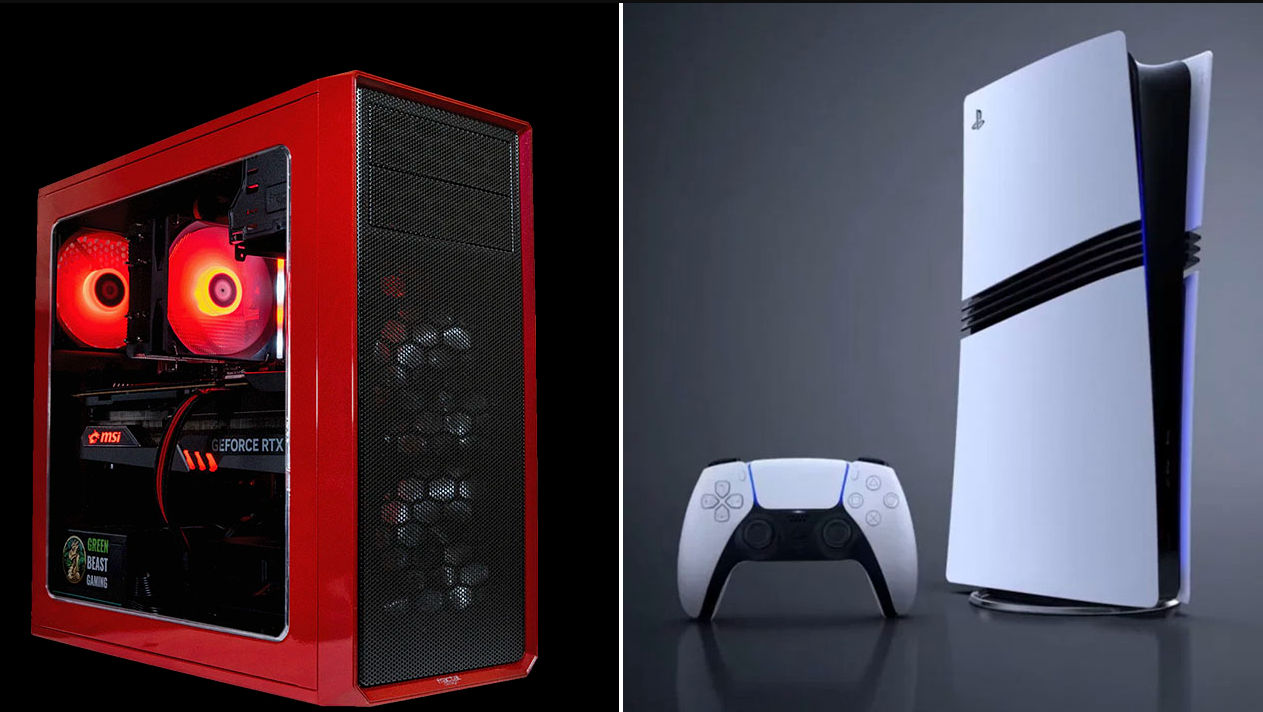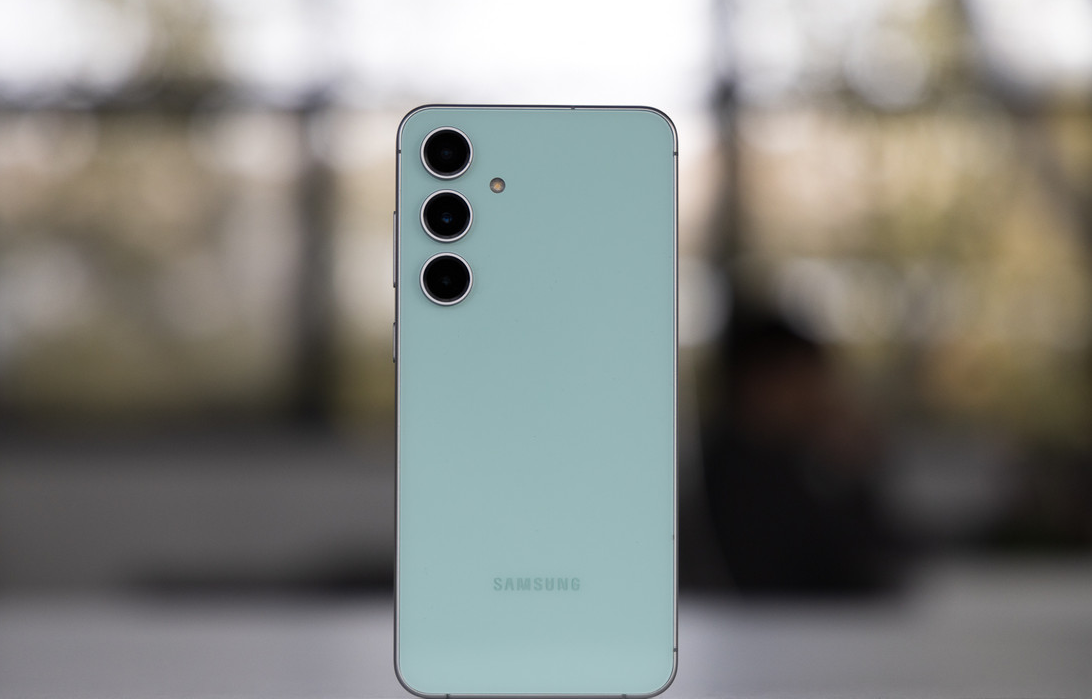In today’s world where technology takes centre stage in our lives, choosing the right computer mouse can have a significant impact on our daily productivity, comfort and even our health. A computer mouse is not just a peripheral device, but your primary means of interacting with the digital world, whether you’re working, gaming, learning or creating. The importance of this humble device is often underestimated, but choosing the right model can radically change your computer experience.
In an era when the market is overflowing with a variety of computer mice, each with its own unique features and functions, the choice becomes not just a matter of preference, but a deep understanding of one’s needs and requirements. A mouse that is perfect for one user may be completely unsuitable for another. Differences in design, functionality, connectivity, sensitivity and ergonomics make the selection process even more complex, but also more interesting.
In this article, we offer a guide to help you through this choice, emphasising the key aspects to consider when buying a computer mouse. We will discuss the different types of mice, their features and how they can suit your individual needs, whether for work, gaming, creativity or general use.
Follow these tips, and you should be able to find a mouse that will not only enhance your computer experience, but also provide comfort and support over the long term.
Determine the type of use
The first step is to determine what you need a mouse for. Gamers will want a mouse with high precision and extra buttons, while office work or everyday use will benefit from a more standard mouse.
Think about the type of connection
There are wired and wireless mice. Wireless mice offer more freedom of movement, but require charging or battery replacement. Wired mice do not have this disadvantage, but can be more inconvenient due to the presence of a cable.
Comfort and ergonomics
Mouse ergonomics are important, especially if you spend a lot of time on the computer. Mice come in many shapes and sizes, so choose one that best fits your hand. Some models are designed to prevent wrist fatigue and pain.
Resolution and sensitivity
DPI (dots per inch) is a measure of the sensitivity of the mouse. A high DPI means that the cursor will move faster on the screen. Gamers and designers who need high precision should look for mice with adjustable DPI.
Additional features
Some mice offer additional buttons that can be customised for specific tasks or games. There are also models with backlighting, which can be important for gamers or simply as an aesthetic element.
Price
Budget is an important factor when choosing a mouse. Prices range from very affordable basic models to expensive high-tech options. It is important to find a balance between the features you need and the cost.
Computer Mouse Categories and Features
Understanding the different categories of computer mice is crucial when choosing one, given that each category is tailored to the unique requirements and preferences of users. Below are the key types of mice you may encounter:
Ordinary (Traditional) Mice
- Main Features: These mice are the most common and are found everywhere. They feature two main buttons and a scroll wheel.
- Wired or Wireless: They can be found in both wired and wireless versions.
- Scope: Ideal for everyday tasks such as surfing the internet, word processing and light graphic work.
Gaming Mice
- Specialised Description: These mice are specifically designed to meet the needs of gamers, providing improved accuracy and advanced features.
- Features: Features increased sensitivity (high DPI), additional programmable buttons, and sometimes customisable backlighting and weight adjustment.
- Application: Especially suitable for gaming scenarios where fast reaction and precision are critical, such as in shooters and real-time strategy games.
Ergonomic mice
- Description: Specially designed to reduce hand strain and prevent conditions such as carpal tunnel syndrome.
- Features: Custom shape that supports the natural position of the hand and wrist. Can be vertical or have unique designs.
- Use: Recommended for users who spend a lot of time at the computer, especially those who experience discomfort or pain in their hands.
Mice for graphic designers
- Description: Optimised for use with graphics and design software.
- Features: High accuracy, additional buttons for quick access to editing functions, sensitivity adjustment.
- Application: Suitable for professional graphic designers, illustrators and artists.
Trackball mice
- Description: Instead of moving the mouse over a surface, the user rotates a ball (trackball) to control the cursor.
- Features: Ideal for use in confined spaces, can be useful for people with limited hand mobility.
- Use: Suitable for those looking for an alternative to traditional mice, especially when workspace is limited.
Travelling/miniature mice
- Description: Smaller than normal mice, easy to carry.
- Features: Often wireless, compact, easy to fit in a laptop bag.
- Use: Ideal for travellers and laptop users who need a portable mouse.
Programmable Mice with Advanced Features
- General Description: This type of mouse focuses on providing opportunities for customisation and personalisation.
- Features: A key feature is the presence of additional buttons that users can customise to perform specific actions or to run macros. This optimises workflows and simplifies repetitive tasks.
- Applications: These mice are ideal for those who frequently perform repetitive operations or need quick access to specific functions or commands. They can significantly improve work efficiency, especially in areas that require frequent use of complex commands.
Choosing the right type of mouse depends on the user’s unique requirements, work environment and personal preferences. Programmable mice with advanced features are an excellent choice for those who want to customise their workspace and processes as much as possible.
Tips for Buyers when Choosing a Computer Mouse
Buying a computer mouse may seem like a simple task, but given the many options and features available, the process can become complicated. Here are some helpful tips to help you make an informed choice:
Identify your Needs
- Usage Analysis: Think about what you use your mouse for most often. Gamers need a mouse with high sensitivity and extra buttons, while office users may want a simpler mouse.
- Work Style: Consider how you usually work. Do you need mobility or do you prefer to work in one place? This will influence your choice between a wired and wireless mouse.
Test Size and Shape
- Trying it on in the Store: If possible, try the mouse on in the shop before you buy it. Make sure it fits comfortably in your hand and that the buttons are easily accessible.
- Size and Ergonomics: Look for a mouse that fits your hand size and preferred grip (foot, fingertip, palm).
Take into account Features and Technical Specifications
- Resolution and Sensitivity: Determine if you need a high-resolution (DPI) mouse for gaming or design. Some models allow you to adjust DPI on the fly.
- Additional Features: Consider whether you need additional buttons or specific features such as backlighting or programmable buttons.
Compare Prices and Reviews
- Research Reviews: Read user and expert reviews before you buy. This will help you understand how well the mouse performs in real-world conditions.
- Price/Quality Ratio: An expensive mouse does not always mean better quality. Sometimes more affordable models can fully meet your needs.
Check Compatibility and Warranty
- OS Compatibility: Make sure that the mouse you choose is compatible with your operating system.
- Warranty and Support: Check the warranty terms and availability of support from the manufacturer. This may be important in case of problems with the device.
Be Open to New Technologies
- New Innovations: Don’t be afraid to consider new technologies and designs. Sometimes experimenting with new types of mice can lead to an improved overall user experience.
By adhering to these tips, you will be able to choose the computer mouse that best suits your needs and preferences, ensuring comfort and performance over time.
Choosing a mouse is a balance between personal preference, functional requirements and budget. Given the variety of options available, it is important to assess which features are prioritised for your work or play style. Don’t forget about comfort and ergonomics, especially if you spend a lot of time at your computer. Ultimately, choosing the right mouse can make a big difference in the comfort and efficiency of your work or gaming experience.
Go to the reBITme website and avail the unique cashback offer and make an informed choice of mouse that will help you effectively improve the convenience and efficiency of your work or gaming experience.




